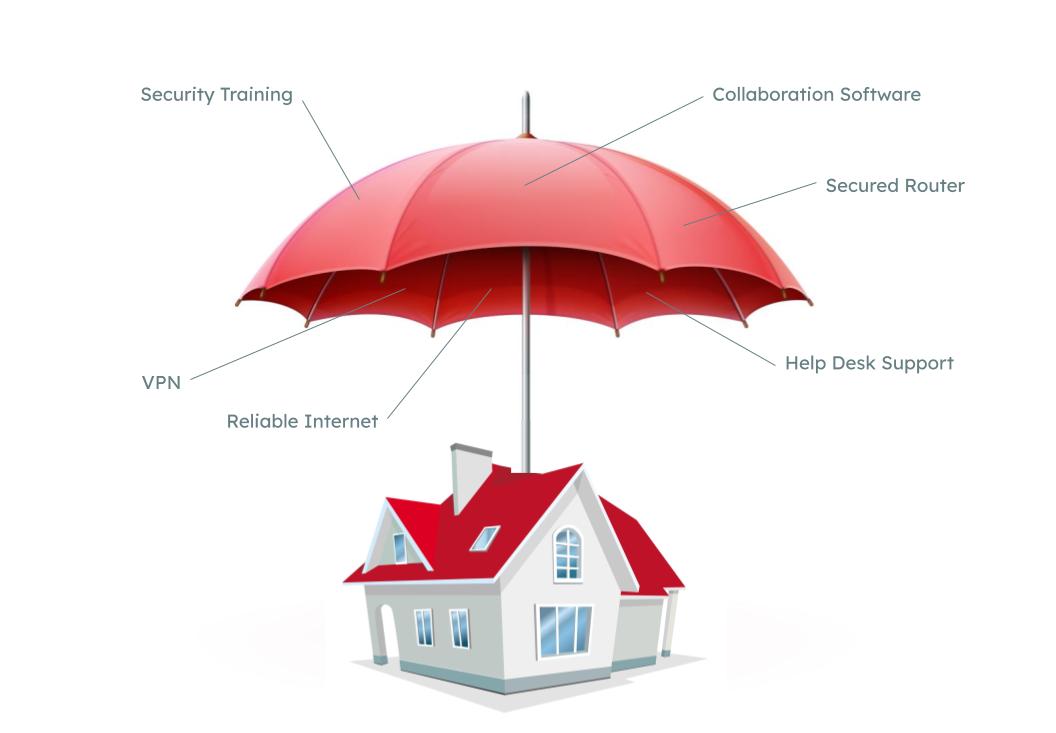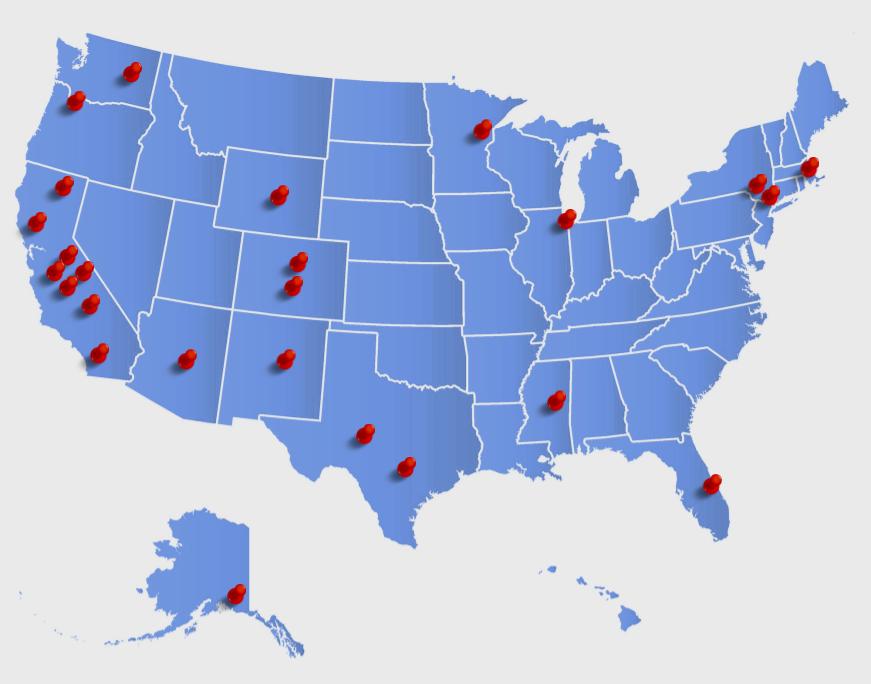Before the pandemic hit, Matt Mullenweg, cofounder of WordPress and CEO of Automattic, predicted that a distributed workforce would eventually become the norm for many companies. Little did he know how soon his prediction would start to play out.
Since the company’s inception, Automattic has been 100% distributed. But not all companies are in a business that can operate in a fully distributed mode. Even some tech companies have what Salesforce CEO Marc Benioff calls “factory jobs.”
The reality for many organizations has become a hybrid workforce. Post-pandemic, many people have continued to telecommute. Others have returned to the office for part of the work week and now are part-time teleworkers.
In this video, Matt provides several tips for building what he calls “a distributed capability.” We’ve incorporated some of his thoughts and those of other CEOs and CISOs (chief information security officers) into a broader list of ideas for managing a distributed team.
The home workspace
The good news about working from home is that employees can tailor their workspace however they want. They can even give themselves a “corner office.” They can move around their house or apartment if they have a laptop.
On the other hand, members of a distributed workforce may end up with an ergonomically inferior setup to what they had at the business office. They should be made aware of the healthiest ways to configure their workspace.
Home office hardware
Each employee should have a scaled-down version of the office technology stack.
This includes a secure router, a large monitor, a printer, and even a business VoIP phone. With cloud telephony, employees can have a fully featured desk phone at home that lets them “answer and transfer.”
Other essential hardware includes the right headset and/or audio gear for video conferencing. Apple AirPods are very popular, and they work with many devices. The Pro version has active noise cancellation, which makes a barking dog less disruptive.
Home cyber security
Keith Alexander is the CEO of IronNet Cybersecurity and the former National Security Agency director. During this panel discussion, he said,
“We’ve just opened up all these points of presence into our network. Now we have to secure employees’ networks at home.”
In the same discussion, Kim Green, CISO at Rodan + Fields, explained that her company trained employees to secure their home network. Rodan + Fields also provided employees with a stipend for security measures, such as a subscription to a VPN service for all online activity (in addition to the VPN that gets them onto office servers).

There should be a similar umbrella over a home office that there is over an office building.
Employee access to legacy applications
A quick shift to a distributed workforce left some companies struggling to connect employees to in-house client/server applications. An example of this application is Intuit LaCerte, which CPAs rely on for tax return preparation.
CPA firms that only had access to LaCerte from within the office could not provide multi-user, remote access. Those who had already moved their servers into a data center and implemented virtual Windows desktops could give all staff access from home.
It’s never too late to move a legacy client/server application into a data center.
An emphasis on centralized documentation
Remember that your employees generate intellectual property for your company from home. They may be developing IP on their own computer and hard drive. It’s important to shift that IP and other information to a centralized cloud drive such as Dropbox, OneDrive, or Google Drive.
Teams that use Google Workspace or Microsoft Office 365 can utilize document collaboration and cloud storage.
Help desk support for a distributed workforce
With some of the technical and personal frustrations that come from working at home, fast and friendly help desk support is more important for members of a distributed workforce than it is to an office-based workforce.
The designated IT support person can help people at their desks in a small business office. Without that convenience, distance support needs to be done right. That may mean outsourcing the help desk function to a local IT services company.
Employee accountability
A fair ask from a manager is a daily email from an employee with the answers to these two questions:
- What did you do yesterday?
- What are you going to do today?
Web filtering software can monitor excessive personal browsing on company time for company-issued computers.
Employees can clock in and out using software from a vendor like clockodo. Workers who don’t need to be on the clock each day for defined start and end hours can time-shift their working hours to their most productive times. The early bird can clock in early, and the night owl can clock out late.
Another work-from-home concern for companies is “overemployed” team members who work multiple jobs. There are ways to avoid this situation.
The number and size of video meetings
Zoom fatigue is a phenomenon. The Harvard Business Review listed several contributing factors.
To limit this fatigue, keep meetings small. Avoid having too many online meetings. Sometimes, an old-fashioned telephone conference call can be a more effective way to communicate and exchange ideas.
Provide other online communication tools
Slack is an online tool that saw most of its early growth in tech firms. But it can work well for any type of business.
It has proven to be a tool many naturally embrace and do not need to be coerced into using.
Encourage intra-company socialization
Part of office culture is the bonds that are formed among employees. Many people’s closest friends are some of those they work with.
Some companies are encouraging employees to socialize online using company tools periodically. Trivia games and discussions about a non-work topic are examples of social meetings.
Schedule one-to-one check-ins
Small business owners and managers can schedule 1:1 check-ins with employees to personally address any questions or concerns. These meetings are also an opportunity to explain directly to an employee why specific actions have been taken or will be taken.
Expand your hiring reach
If your business moves to a hybrid model for the long term, this can expand your geographic possibilities. To paraphrase Matt Mullenweg, instead of fishing from a small pond or bay, you can fish from the entire ocean.


